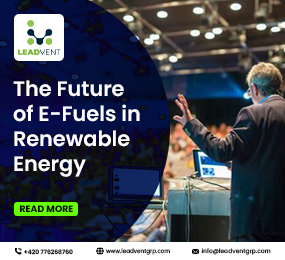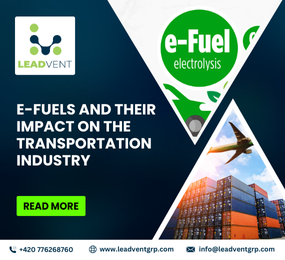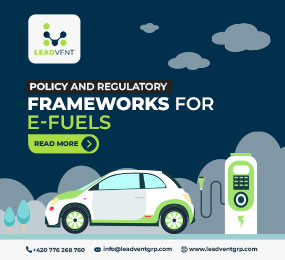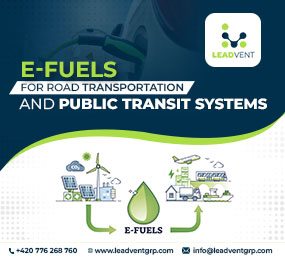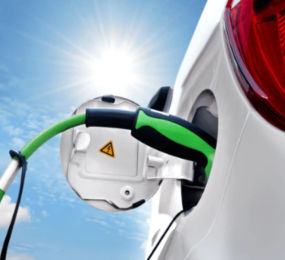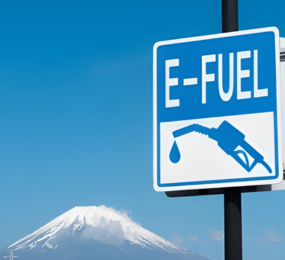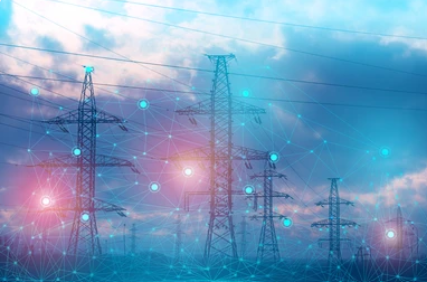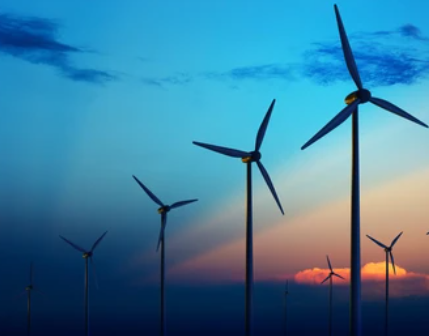E-Fuels and the Global Energy Transition: Promise, Limits, and the Road Ahead
In the race to decarbonize, the spotlight has mostly stayed on electrification and renewable power. But not all sectors are easily electrified. Aviation, shipping, and heavy-duty transport—some of the most carbon-intensive industries—still face significant hurdles when it comes to battery-based solutions. That’s where e-fuels enter the conversation.
E-fuels, or electrofuels, are synthetic fuels made by combining green hydrogen with captured carbon dioxide. When produced using renewable electricity, they have the potential to be nearly carbon-neutral—burning them releases CO?, but only the amount that was taken out of the atmosphere to make them. It’s a circular approach that’s drawing attention across industries.
Why E-Fuels Are Gaining Ground
The concept isn’t new, but interest in e-fuels has surged in recent years. Several factors are driving this momentum:
1. Decarbonization mandates: The aviation and maritime sectors are under increasing pressure to cut emissions. Sustainable aviation fuel (SAF), often derived from bio-based or synthetic sources, is now seen as critical to meeting international climate goals.
2. Energy storage potential: E-fuels offer a way to store renewable energy in chemical form, which can help balance grids and make intermittent solar and wind power more reliable.
3. Infrastructure compatibility: E-fuels can be used in existing combustion engines and fuel infrastructure, making them attractive in places where replacing fleets or redesigning systems is impractical in the near term.
Global Investments and Projects
Countries like Germany, Chile, and Japan are taking the lead in piloting e-fuel projects. Porsche and Siemens Energy, for instance, are developing a plant in southern Chile that uses abundant wind energy to create synthetic fuels. The Middle East and North Africa are also emerging as future production hubs, leveraging strong solar resources to power electrolysis at scale.
The Cost and Efficiency Hurdles
Despite the promise, e-fuels aren’t a silver bullet. The biggest challenge is efficiency. Creating e-fuels requires significant amounts of renewable electricity, and the conversion process is energy-intensive compared to direct electrification.
Cost is another barrier. Today’s e-fuels are several times more expensive than conventional fossil fuels, though prices are expected to come down with scale and
innovation. For now, they’re likely to be prioritized in sectors where there are no better low-carbon alternatives.
A Complement, Not a Competitor
Experts agree: e-fuels should complement—not replace—direct electrification. Where batteries and clean power grids can do the job, they usually make more sense. But for sectors where electrification hits a wall, e-fuels provide a valuable bridge toward net zero.
Key Takeaway:
E-fuels won’t power everything, but they will play a strategic role in decarbonizing sectors that are otherwise hard to clean up. Their future depends on scaling up renewables, cutting costs, and being deployed where they matter most.
Learn more on our website: https://www.leadventgrp.com/events/2nd-annual-world-e-fuels-summit/details
For more information and group participation, contact us: [email protected] .
Leadvent Group - Industry Leading Events for Business Leaders!
www.leadventgrp.com | [email protected]


